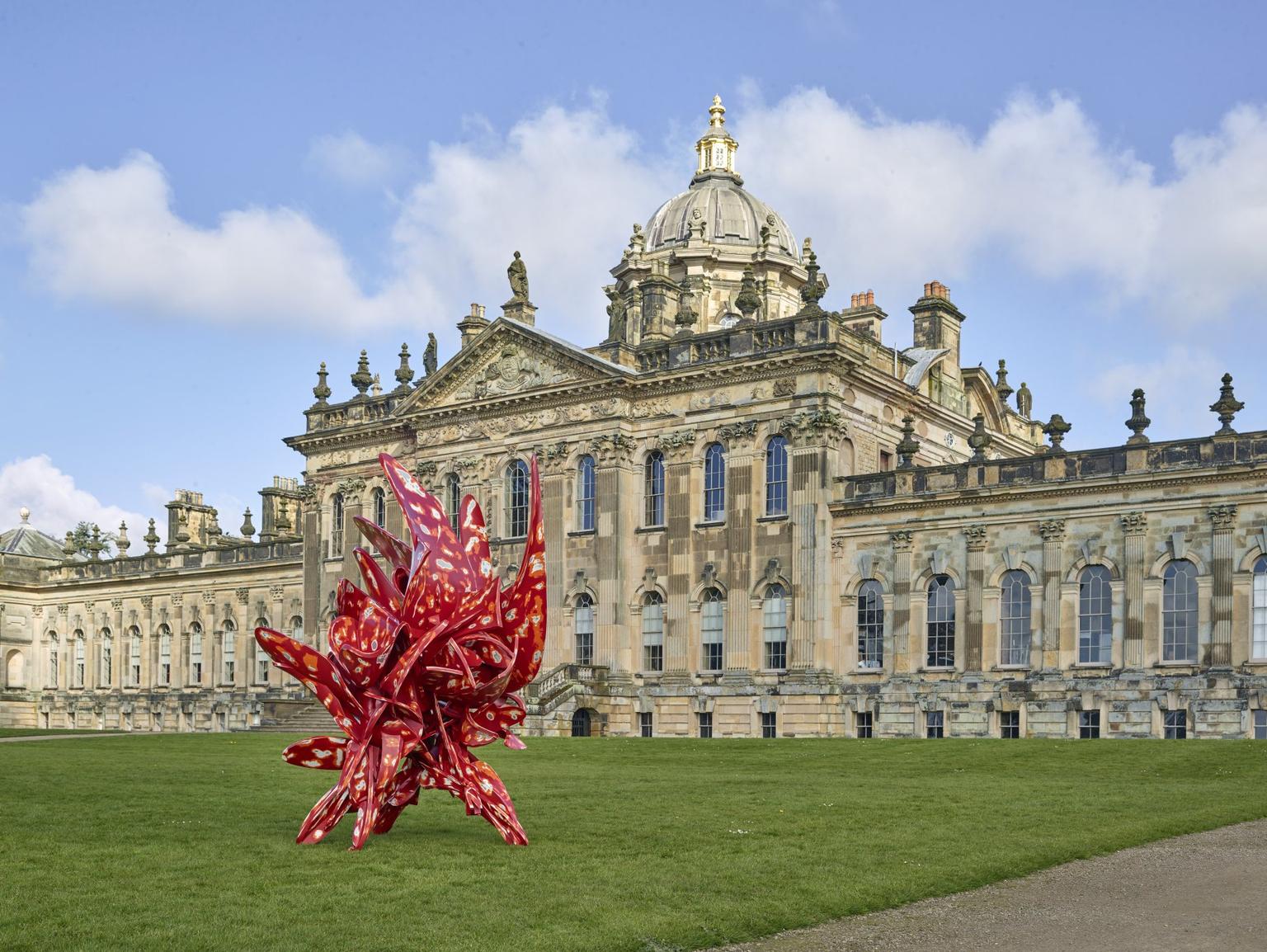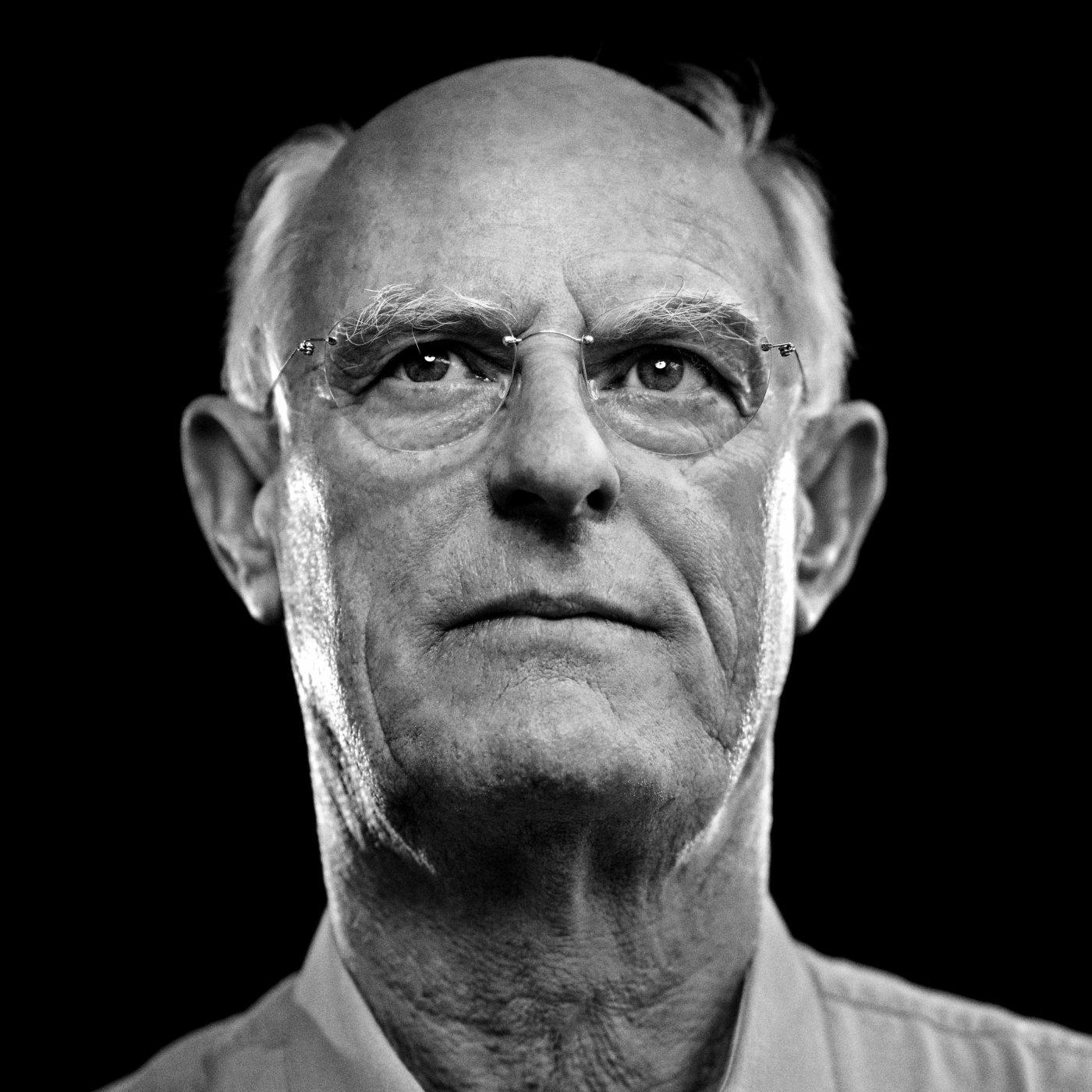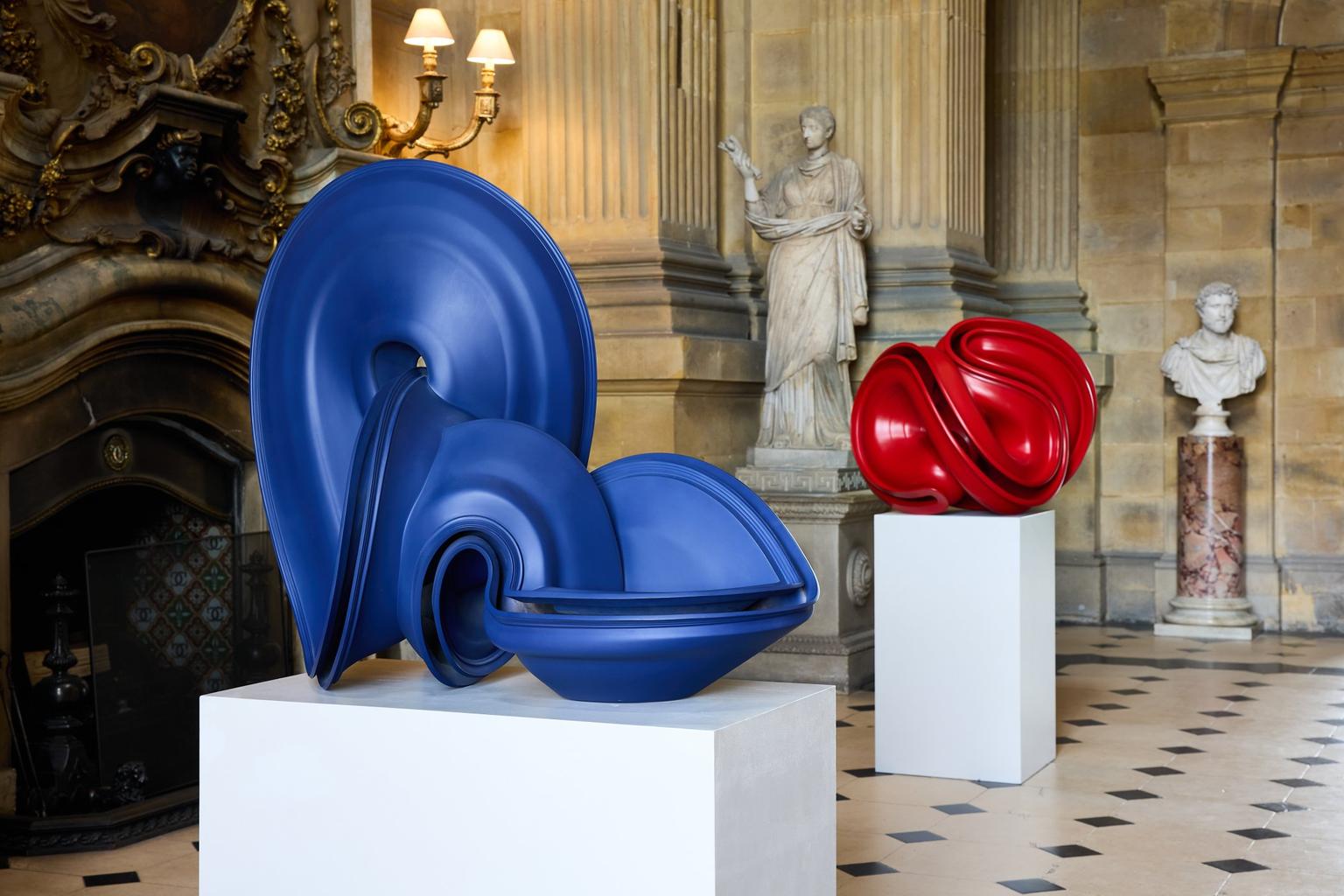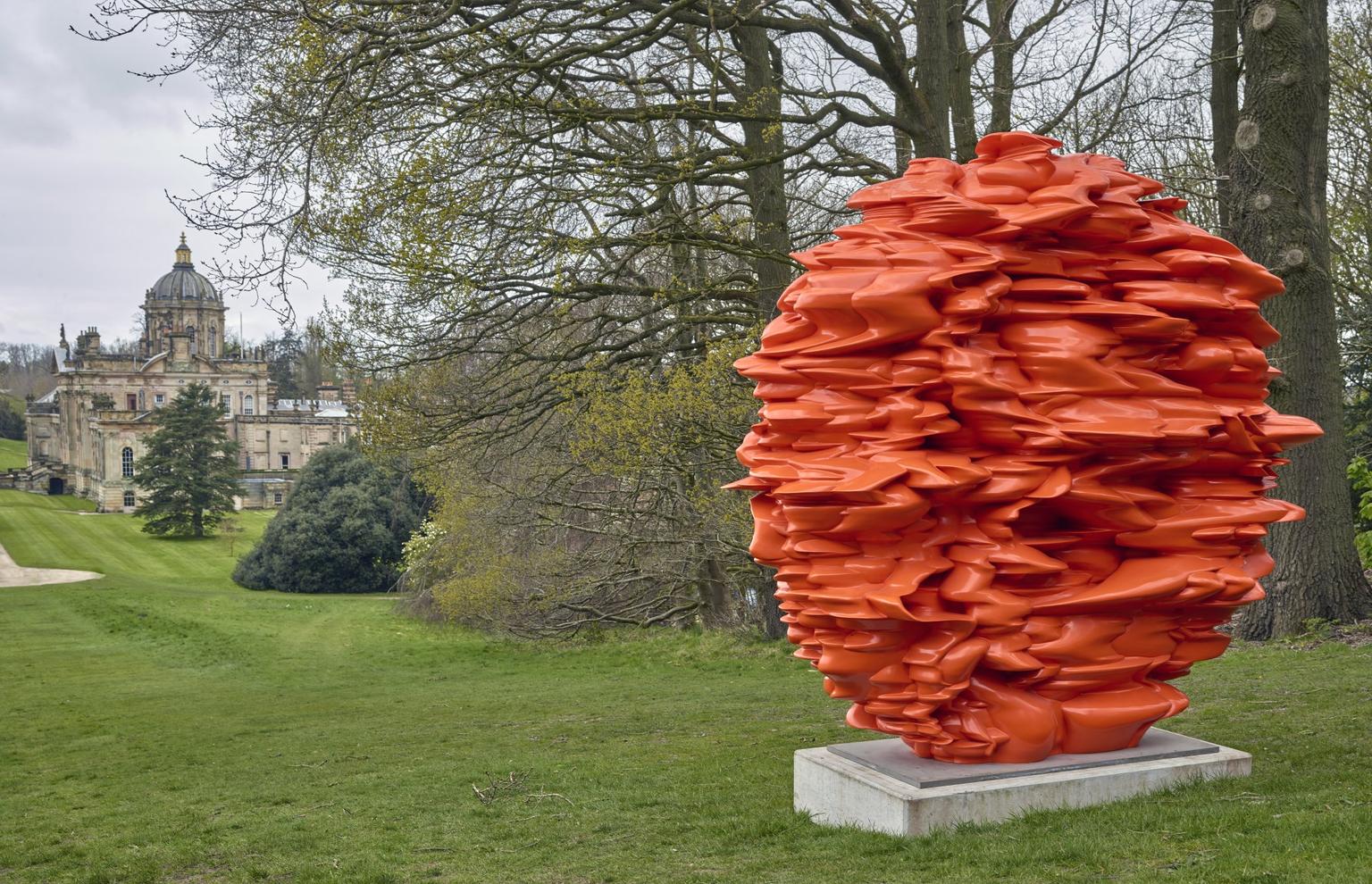Tony Cragg: ‘I just want to see what can be done with material‘

With an exhibition of his work at Castle Howard in York, artist Tony Cragg talks about what sculpture, nature and form mean to him.
A version of this article first appeared in the summer 2024 issue of Art Quarterly, the magazine of Art Fund.

Who is Tony Cragg?
Born in Liverpool in 1949 and based in Wuppertal, Germany, since 1977, Tony Cragg creates visually arresting sculptural works, using a wide range of materials including wood, bronze, glass, steel and marble, which explore ideas about structure and surface, natural and manmade forms and how we respond to them. He is recognised internationally and exhibited widely. His current exhibition at Castle Howard in York includes large-scale works in the grounds, and smaller works and drawings in the historic interiors of the house.
Castle Howard is a huge building with an enormous amount of outside space – a quite magnificent, rolling landscape with long vistas, and so the feeling is very open. I’m only using a portion of the grounds but trying to build a relationship between the works exhibited. Some of the works included have not been shown in Britain before and some are completely new. Over the Earth [a large-scale fibreglass sculpture made in 2015], for example, is going to be seen outside for the first time.
One interesting thing for me is that I only discovered how my work functions outdoors and in nature in the past 20 to 25 years. I’m not a realist. I’ve never made a sculpture of a person or a horse in bronze, I just want to see what can be done with material and how figures such as an ellipse, for example, can be layered to create internal form and structure. It is my way of saying: ‘I think that’s what life looks like.’
If you look at the human body, all you see is the external form. You have no idea of all the structures that are underneath the skin, and that’s the same with the Earth. We only see the surface, and we think: ‘Oh, this is a landscape.’ But landscape is the direct consequence of what’s underneath the ground; so, that’s how I look at my work. The outside volumes and forms of sculptures are mainly dictated by the internal structures that I give them.
That’s why, in a way, they relate to nature. Nature looks wild and organic and complicated because it’s had billions of years to make itself look that way. The things we make industrially are very simple, repetitive forms, but sculpture is wonderful for finding out what other forms there are and what they mean. And when you do actually make a form that elicits an emotion, an idea, or a thought, that’s what sculpture is about for me.

In the building known as The Temple of the Four Winds, [about 300 metres away from the house], which looks a little bit like a folly, and is perhaps somewhere that one would sit and contemplate the landscape, I’m building a very large glass construction called Eroded Landscape, which will have hundreds of different parts. You can’t go into that building, so the work will be seen through the windows, with the light shining into it.
Inside the house we’re using an axis that goes through the building. There’s a sculpture directly on the square in front of the building, and then one in the main entrance, and then in a room at the back – a line of rooms, if you like, which, I think, do have different stories to tell. In the first room there will be three very brightly coloured sculptures, a counterpoint to the historical patina and forms of the original building.
There’s another floor above and another room with glass sculptures and about 20 drawings. Drawing is something I just love doing, and I tend to sit down and draw on a daily basis. It doesn’t mean that everything ends up being an artwork, but most of my works have resolved in one way or another from drawing activity.
I have no direct demands or expectations for people who come to see my work. I’ve said this many times before, but if you put a picture on the wall and ask 100 people what it’s about, you will get 100 different answers; so, for me, it really is an open possibility. It’s what you bring to the artwork that’s important. You bring your whole life history, your education, your emotional palette, your upbringing, and what you see is a result of that. I just want to engage people’s interests and for it to be an artistic experience.

‘Tony Cragg at Castle Howard’, Castle Howard, York, to 22 September, 50% off entry with National Art Pass.
Interview by Beth Williamson.